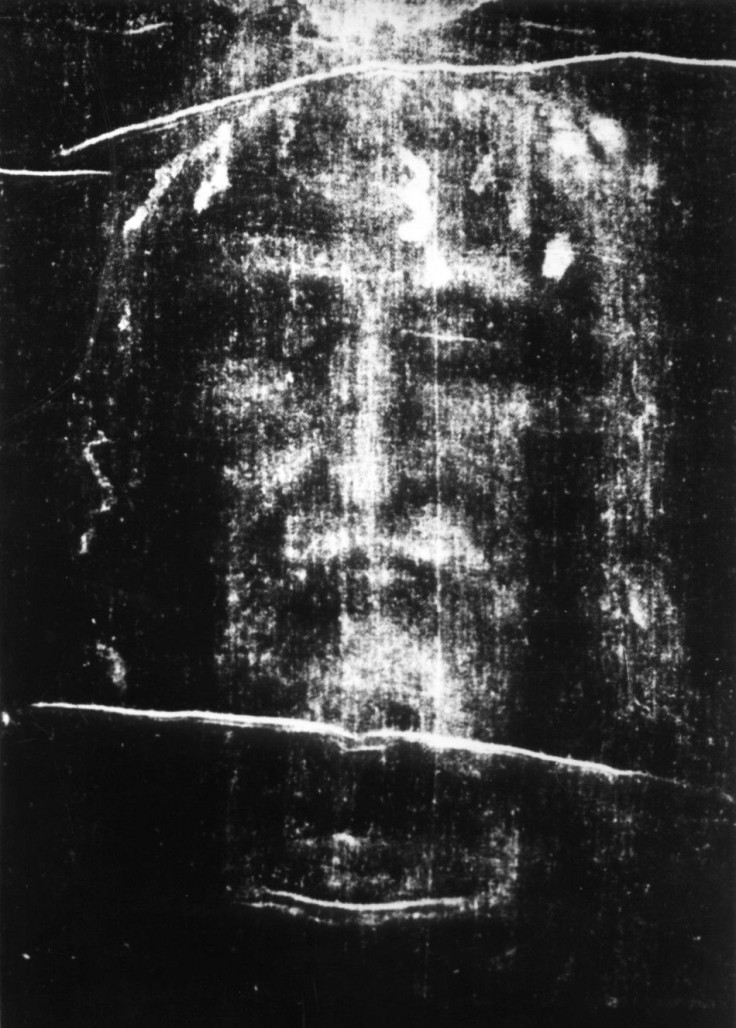Turin Shroud Mystery Claims Christ's Resurrection An Optical Illusion

A new theory about the Turin Shroud has rocked the Christian community worldwide, slamming the 2000-year-old belief that Jesus Christ resurrected from the dead, the Telegraph said.
Cambridge-based art historian Thomas de Wesselow in his new book titled, The Sign: The Shroud of Turin and the Secret of the Resurrection, cited the shroud to be authentic and not a forgery as suggested by many in the past. The academic, however, insists that the image on the shroud, rather than the encounter with Christ himself, convinced the apostles of his resurrection.
According to the theory, Christ's resurrection was in fact an optical illusion of sorts. De Wesselow, currently based at King's College in Cambridge, explained further that as people back then were less used to seeing images, the apostles interpreted the image on the cloth as the living double of Jesus.''
There was something Animist in their way of looking at images in the first century, the historian was quoted as saying to the publication. Where they saw shadows and reflections, they also saw life.
De Wesselow suggests that the image on the shroud is the result of a stain formed by the reaction between chemicals from Christ's decomposing body and starch deposits on the burial cloth, according to thesignbook.wordpress.com.
If this earth-shattering theory proves to be true, then these claims would drastically reshape events leading to the birth of Christianity itself.
While the ghostly image on the shroud, believed to be that of Jesus Christ, remains to date a mystery, the relic is considered by millions of Christians as proof that Christ came back to life.
The shroud is currently housed in the Cathedral of Saint John the Baptist in Turin, Italy.
The academic's eight years of research led him to believe that the shroud was indeed the sheet wrapped around Christ's body. He also believed that an earlier carbon-dating test that traced the cloth from the middle ages was completely inaccurate, the Telegraph said.
According to a study published in 2005, the pollens from the cloth were over 1300 years old, the press center said. He also claimed the seams in the cloth matched those of first century fabric found in Judea and that the stains were of real blood.
The Sign: The Shroud of Turin and the Secret of the Resurrection was published by Viking on March 26.
This book unlocks 2,000 years of history by giving the first comprehensive, tangible, secular cause for early Christian belief in the Resurrection, Viking editorial director Joel Rickett said in a statement on the Book Seller. Only a brilliant art historian with an insatiably curious mind could have made this astonishing breakthrough.
© Copyright IBTimes 2024. All rights reserved.





















